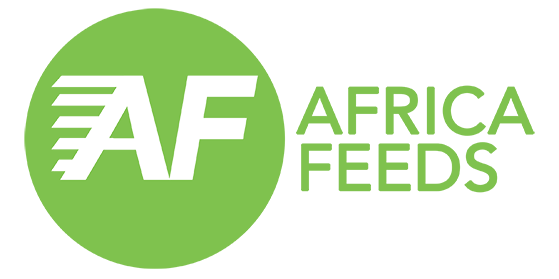“I can’t differentiate between fake drugs and correct drugs.”
“It worries me because I might buy fake medicine which might affect my system.”
Those were some of the responses DW received when residents in the Ghanaian capital Accra were asked whether or not they could tell an original from a fake drug. And to be fair, who really can tell the difference? They are probably well-packaged and look like legitimate products. In some areas drugs are not even sold in the original packaging, but are repackaged by pharmacists. In general, we assume that the man or woman in the white coat will sell us what the doctor prescribed.
As a recent study from the World Health Organization pointed out, the so-called “‘fake drugs” come in a variety of forms. There are the substandard drugs, which perhaps wouldn’t pass quality tests due to a manufacturing error or because they have already passed their expiry date. The second kind, known as counterfeit drugs, have been deliberately falsified. This means that they could contain entirely different chemicals than the original or might even have no medical properties at all.
The result of taking fake drugs, therefore, can have a wide variety of effects. The latest studies show that substandard and counterfeit anti-malarial drugs contributed to an additional 72,000 to 267,000 deaths in sub-Saharan Africa annually. Fake malaria prophylaxes may fail to protect the person from malaria; fake malaria treatment may fail to help a sick person effectively; additionally, both of these drugs may give the parasite the chance to become resistant to the medicine used. Moreover, the more people infected with malaria, the easier it is for the mosquitoes to carry the parasites from person to person, thus spreading the disease.
Porous borders
Back in Accra, DW’s Isaac Kaledzi joined a team of police and Ghana’s Food and Drugs Authority (FDA) as they conducted a raid on a drug trafficking ring. It’s a major issue for the FDA. “We need to do more interrogation to get more information from those who have been arrested as to how they bring the products in. That will help us deal with the routes,” said FDA spokesperson James Lartey.
Ghana has no national data on the number of fake drugs in circulation in the country. The WHO however estimates that 30 percent of all drugs on the Ghanaian market could be fake.
Silas Agyekum from the Pharmaceutical Society of Ghana says that one major problem is the country’s porous borders. “We as a professional body have always been engaging the government — if it can beef up security measures, resources and financing for these borders.”
The driving forces behind substandard and falsified drugs are generally poor governance, low capacities to deal with the issue and poor access to reliable drug and health facilities, says Pernette Bourdillon Esteve, an intelligence analyst with the WHO. “Of course, those countries which are poor also tend to be the most affected by this situation,” she told DW. “The first thing is that people must be aware of the risk of substandard and falsified medicines, and whenever they come across the product they must report it to their national authorities.”
Wiltshire Johnson from the Pharmacy Board of Sierra Leone, sees “a number of reasons why substandard and falsified drugs occur globally and the bottom-line here is that people want to make quick money.” There are a number of other factors which increase the sale of fake drugs, he says. Weak laws and weak law enforcement, for instance, play a major role.
Technical solutions
The emergence of the internet as a sales platform has brought another dimension to the problem. But technology also provides solutions.
One non-governmental organization addressing the issue is the Ghanaian company mPedigree, which operates in several countries around the world. The company developed a mobile app which allows consumers to scan the codes on the packets. “The process takes nothing more than 20 seconds,” says mPedigree’s Selorm Brantie. “Scratch the code that is on the packet, text it to a designated short code and within about five to seven seconds they get a reply telling them that it is fake or original and then they make their decision right there.”
The Ghanaian company received several awards for its innovation and has partnered with several national and international telecommunications companies, pharmaceutical companies and governmental agencies. This, however, only solves a fraction of the problem.
The FDA in Ghana now operates a market surveillance system where FDA officials go to markets and pharmacies randomly to check the authenticity of all drugs. It faces challenges due to a limited number of staff, but Thomas Amedzro who heads the drugs department at the FDA told DW it is helping. He hopes to get specialized technical equipment to facilitate the work.
“I talk about hand-held devices, very soon we would be acquiring some, we have already had one in the system, we are acquiring more,” Amedzro says. “When we are going on surveillance exercises we can then access information on the spot, make quick decisions before they do confirmatory test in the lab. That is a plus for us. We are even doing training for our staff on intelligence gathering because you know globally it has become a very lucrative trade.”
While the fight against counterfeit and substandard drugs will continue, it is also becoming easier to forge the drugs and the packaging. And as recent studies have pointed out, growing mobility and the presence of the internet have exacerbated the ease of bringing these drugs to the consumer.
Source: DW


